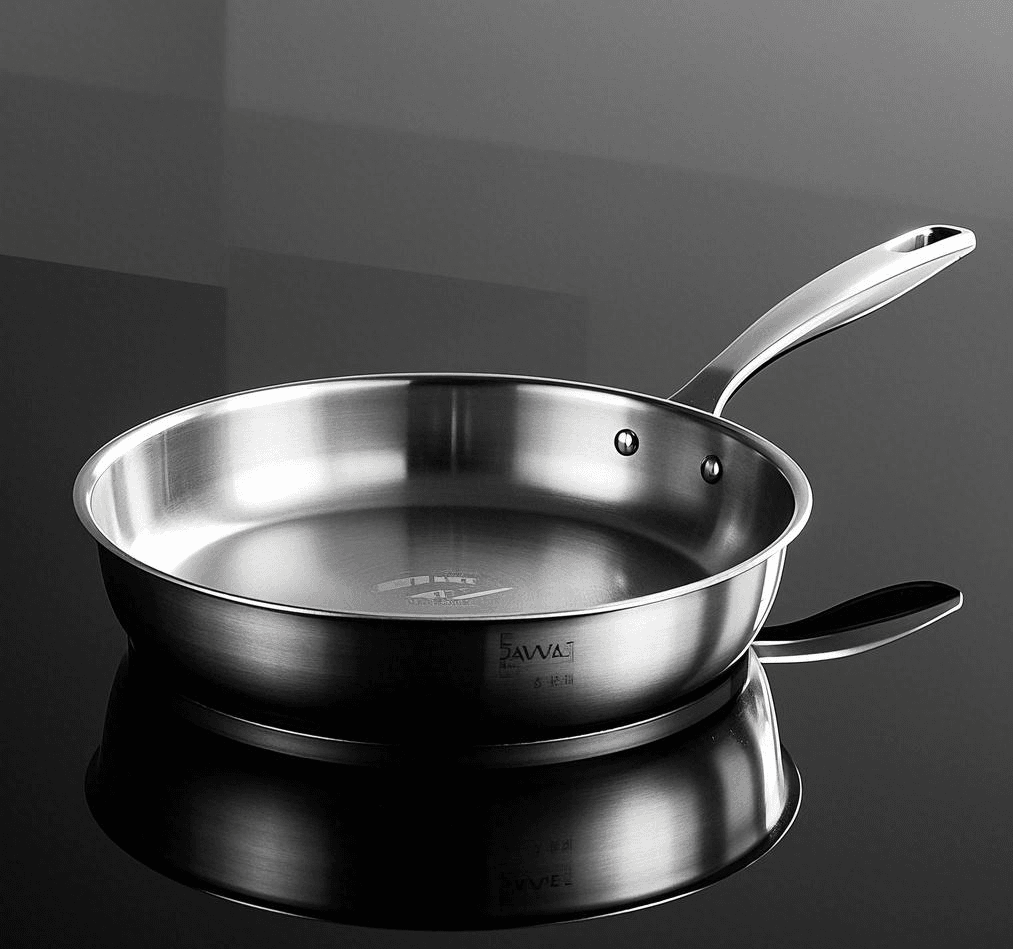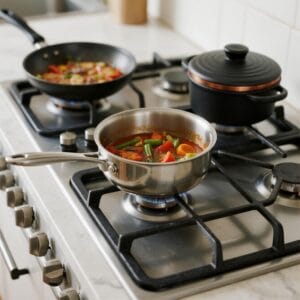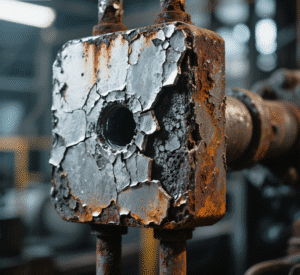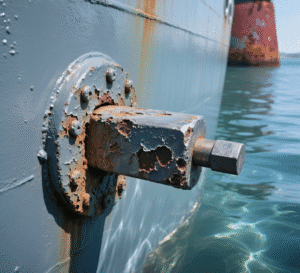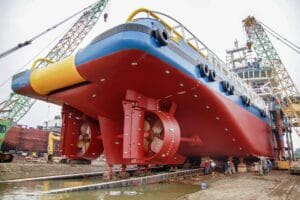Confused about whether tri-ply is truly an upgrade over standard stainless steel? Wondering if it’s worth the extra cost? Let’s clear up the confusion and compare them directly.
Tri-ply cookware is stainless steel, but with enhanced heat distribution due to its aluminum core . Standard stainless steel is very durable and often cheaper, but heats less evenly . "Better" depends on prioritizing cooking performance versus budget.
I get asked this a lot. People see "tri-ply" and wonder if it makes their existing stainless steel pans obsolete. The truth is, it’s more nuanced than just saying one is flat-out better than the other. Let’s break down what makes each unique.
Is tri-ply cookware better than stainless steel?
Still weighing the performance benefits? Concerned that standard stainless steel might lead to uneven cooking? Let’s look at exactly how tri-ply improves on the classic design.
For cooking performance, especially even heating, tri-ply is generally better than standard single-layer stainless steel because its aluminum core conducts heat far more effectively across the pan’s surface .
Before tri-ply came along, standard stainless steel was already a big step up from basic aluminum or non-stick pans. We appreciated its durability, lack of chemical coatings, and resistance to warping .
Tri-ply construction directly addresses this. As I often explain to clients sourcing materials, it’s a clever sandwich:
- Inner Layer (Food Contact): Typically 304 stainless steel – safe, durable, and resists corrosion .
- Core Layer: Aluminum – excellent heat conductor, spreading heat quickly and evenly .
- Outer Layer: Often 430 stainless steel – tough and magnetic, making it compatible with induction cooktops [^4].
This layered design solves the uneven heating problem and ensures compatibility across heat sources. For tasks requiring precise temperature control or even searing, this makes a noticeable difference .
| Feature | Tri-Ply Stainless Steel | Standard Stainless Steel (Single Layer) |
|---|---|---|
| Heat Distribution | Excellent, Even | Fair to Poor (Hot Spots) |
| Heat Up Speed | Faster | Slower |
| Durability | Excellent | Excellent |
| Induction Ready | Usually (if outer layer is 430) | Sometimes (depends on steel grade) |
| Weight | Heavier | Lighter |
| Cost | Higher | Lower |
So, for actual cooking, tri-ply generally offers superior performance due to heat management . But standard stainless steel is still a durable, reliable, and more budget-friendly option .
What are the disadvantages of tri-ply stainless steel?
Thinking tri-ply sounds perfect? Aware that every material has trade-offs? Understanding the potential downsides helps you make a balanced decision based on your priorities.
The main drawbacks of tri-ply stainless steel are its higher price point compared to single-layer steel and its increased weight, which some users may find cumbersome .
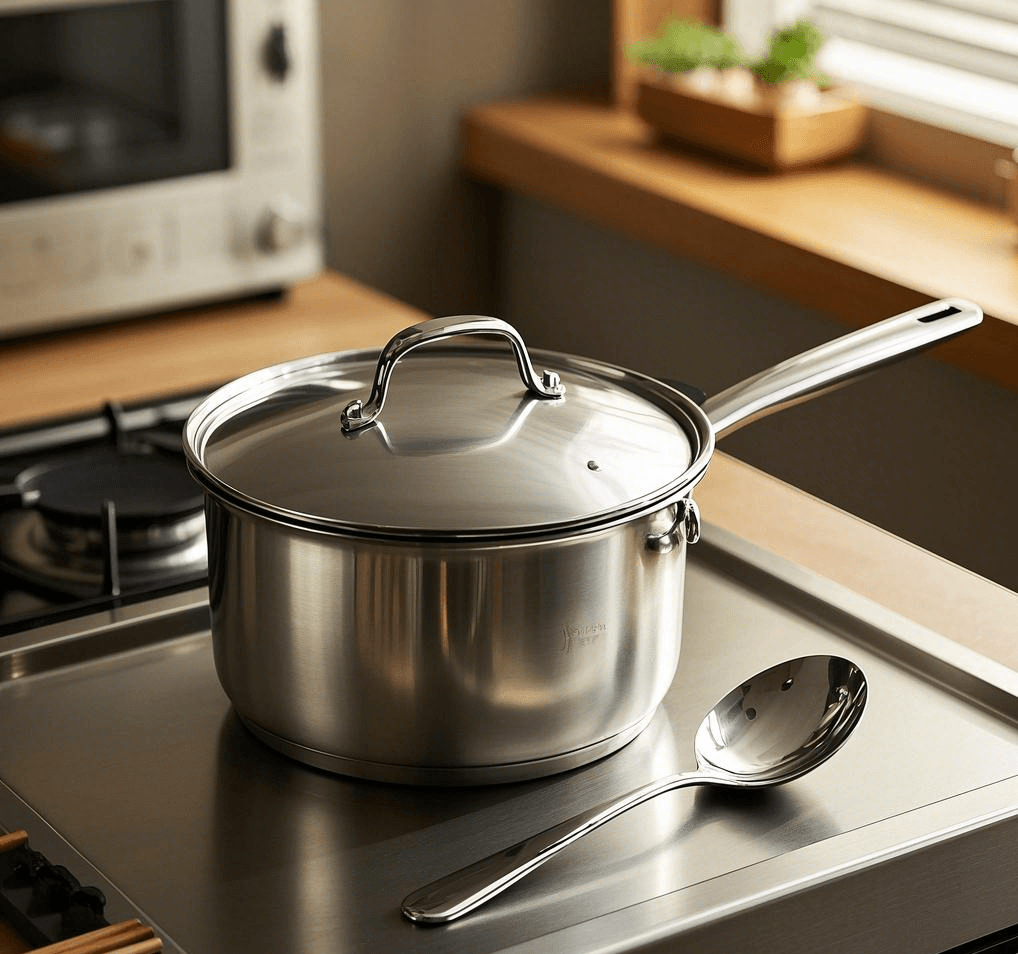
While I believe the benefits often justify the investment, especially for performance-focused buyers, it’s crucial to acknowledge these two points. They are the most common factors potential buyers weigh against the advantages.
First, the cost. Manufacturing tri-ply material is more complex than producing simple stainless steel sheets . Bonding these layers together seamlessly requires specialized processes and technology. You are essentially paying for the engineering that delivers superior heat conductivity and responsiveness . For manufacturers or serious cooks who value consistent results and efficiency, this added cost is often seen as a worthwhile investment in performance .
Second, the weight. Adding that core layer of aluminum between two layers of steel inevitably makes the cookware heavier than its single-layer counterparts . While this adds to the feeling of solidity and stability on the stovetop, it can be a negative for those who prefer lightweight pans for easy maneuvering or have difficulty lifting heavier items. It’s a direct trade-off – the material needed for better heating adds mass. This is something I always advise clients to consider based on the intended end-user.
What is the healthiest material for a pressure cooker?
Concerned about materials under high heat and pressure? Worried about chemicals leaching into your food? Let’s identify the safest choice for this high-performance cooking tool.
Stainless steel, particularly food-grade types like 304 (18/8 or 18/10), is widely considered the healthiest and most durable material for pressure cookers due to its non-reactivity and stability under pressure.
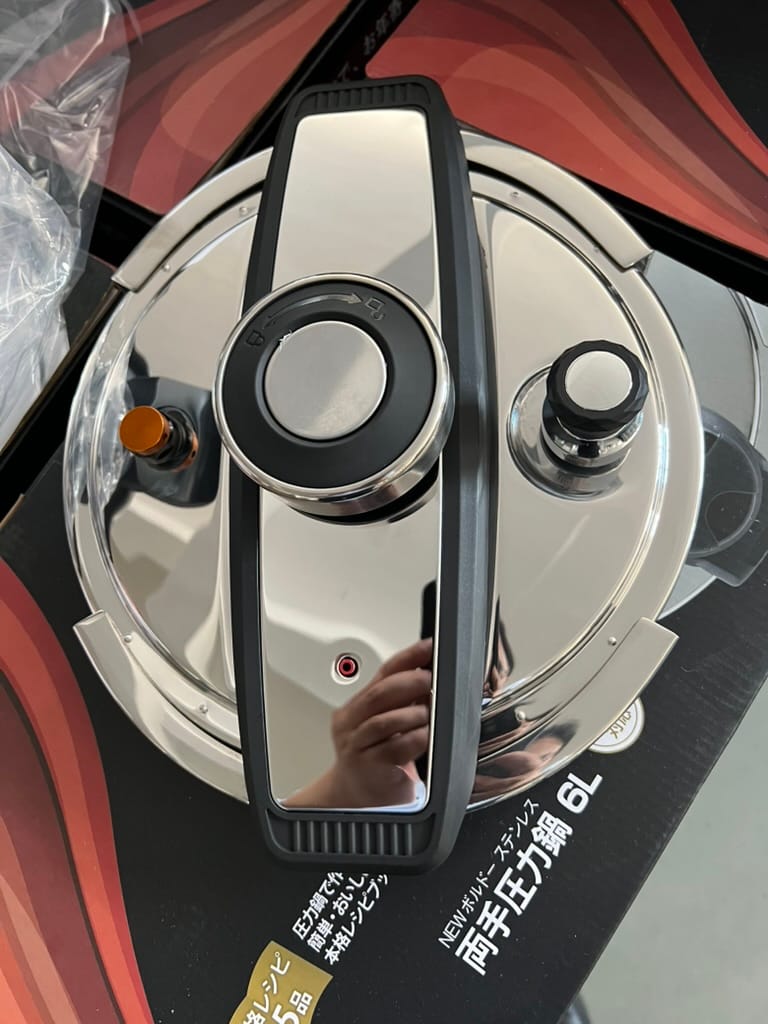
When you’re cooking under pressure, temperatures get higher than normal boiling points. You need a material that remains stable and doesn’t interact with your food, even acidic ingredients like tomatoes. Stainless steel fits the bill perfectly . It’s strong, resists corrosion, doesn’t harbor bacteria easily if cleaned properly, and importantly, it doesn’t leach unwanted chemicals or metallic tastes into your food . This is why it’s the standard for high-quality cookware and food processing equipment.
While some pressure cookers might use aluminum, it typically needs to be anodized (hardened) to prevent reactivity and make it more durable. Older concerns about aluminum leaching are less relevant with modern anodized versions, but high-quality stainless steel avoids the issue altogether. Coated interiors, like non-stick, aren’t common or ideal for pressure cookers due to the high heat and potential for scratching under pressure or during cleaning.
For health and longevity in a pressure cooker, stainless steel is the most reliable and inert option available, providing peace of mind during cooking . Look for reputable brands using certified food-grade stainless steel.
Does food stick in triply stainless steel?
Heard that stainless steel pans are prone to sticking? Frustrated by stubborn food residue after cooking? Let’s address this common concern and explain how to manage it.
Yes, food can definitely stick to tri-ply stainless steel because it does not have a non-stick coating . Preventing sticking requires using the right cooking techniques, mainly proper preheating and appropriate use of fats.
%[Food sticking slightly to a stainless steel pan during cooking](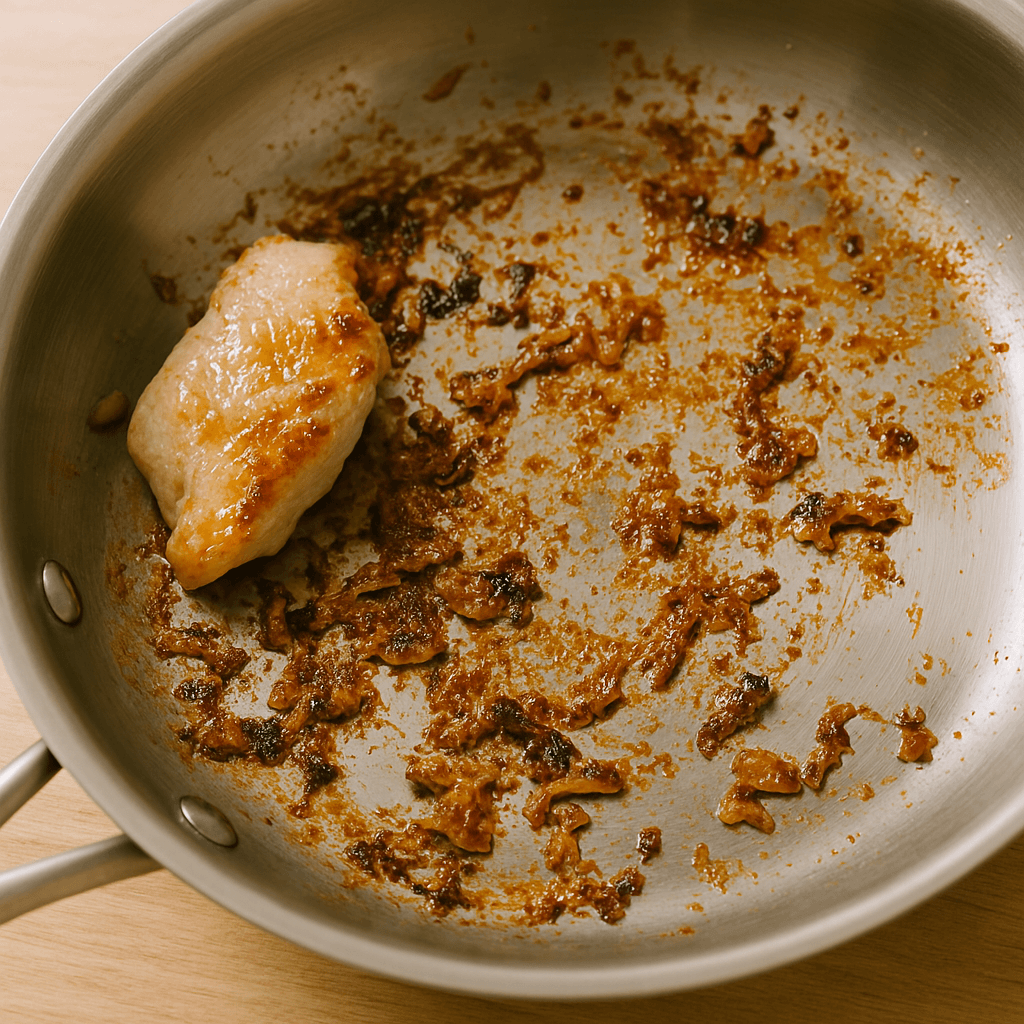
This is a key difference compared to pans explicitly labeled "non-stick," which usually have a PTFE or ceramic coating designed to release food easily . Tri-ply stainless steel surfaces are bare metal. Food, especially proteins, can bond with the metal when heated, causing sticking .
However, this doesn’t mean you’re doomed to constant scrubbing! Sticking is manageable with technique. The most important steps are:
However, this doesn’t mean you’re doomed to constant scrubbing! Sticking is manageable with technique. The most important steps are:
- Preheat Properly: Heat the dry pan over medium heat first. A good test is the water droplet test: sprinkle a few drops of water in the pan. If they evaporate immediately, it’s too hot. If they just sit there, it’s not hot enough. If they form beads that dance around, the pan is perfectly preheated.
- Add Fat After Heating: Once the pan is preheated, add your cooking oil or butter. Let the fat heat up for a few seconds until it shimmers.
- Add Food: Add your ingredients to the hot pan and hot oil. Don’t overcrowd the pan.
- Use Correct Temperature: Avoid excessively high heat unless searing. Medium heat is often sufficient due to tri-ply’s good conductivity [^1].
- Let Food Sear: For meats, allow them to cook undisturbed until they form a crust; they will often release naturally from the pan then.
While it requires more care than a non-stick pan, cooking with stainless steel allows you to develop fond (those tasty browned bits) for sauces, which non-stick surfaces don’t do as well. It’s a trade-off: less convenience for better searing potential .
Conclusion
Tri-ply offers superior heat control over standard stainless steel [^1], but comes at a higher cost and weight [^2]. Standard steel remains durable and budget-friendly. Choose based on your cooking needs and priorities.

